Club Fungi (basidiomycota) mushroom producing fungi with developing club shaped fruiting bodies called basidia on the gills under its cap This group of fungi, which contains tens of thousands of known species, is distinguished by the club shaped reproductive organ called the basidium Both originate as a binucleate, dikaryotic structure which serve as a site for karyogamy and meiosisThis is a complete list of mycological societies in North America The North American Mycological Association promotes, pursues and advances the science of mycology NAMA has 78 affiliated clubs and 00 amateur mycologist membersSome examples of club fungi include mushrooms, polypores, puffballs, boletes, and bird's nest fungi
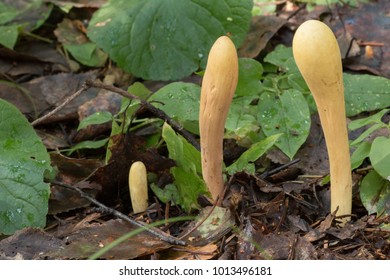
Club Fungi High Res Stock Images Shutterstock
Club fungi meaning
Club fungi meaning-Basidiomycota The Club Fungi The fungi in the Phylum Basidiomycota are easily recognizable under a light microscope by their clubshaped fruiting bodies called basidia (singular, basidium ), which are the swollen terminal cell of a hypha The basidia, which are the reproductive organs of these fungi, are often contained within the familiar mushroom, commonly seen in fields after rain, on the supermarket shelves, and growing on your lawn (see the figure below)I Club Fungi A Higher Club Fungi 1 Mycelium 2 Fruiting Body (Basidiocarp) 3 Types of Basidiocarps a Amanita b Agaricus c Inky Caps and Shaggy Manes (Coprinus) d Fairy Ring Mushrooms (Marasmius oreades) e Boletes f Bracket Fungi g Puffballs and Earthstars h Stinkhorns i Bird's Nest j Coral Fungi k Jelly Fungi back to menu or next or previous



Fungi Bio 1 Final Flashcards Quizlet
A clubshaped mushroom is so named because its head is shaped like a club It can be hard to recognize as a mushroom, because its shape isn't as usual as the more familiar ball or capandstem mushrooms Some types of clubshaped mushrooms grow in clumps The swamp beacon, shown in this image, is a clubshaped fungus that is found in unpolluted, slowflowing waterBasidiomycota The Club Fungi The fungi in the Phylum Basidiomycota are easily recognizable under a light microscope by their clubshaped fruiting bodies called basidia (singular, basidium), which are the swollen terminal cell of a hyphaBasidiomycota, Club Fungi Species in this phylum reproduce sexually by forming spores on top of clubshaped structures called basidia The club fungi are believed to be closely related to the sac fungi Both groups have cells which are separated by septa (walls), and both have a dikaryotic phase in their life cycle;
Other Saprophytic club fungi are one of the main wood decomposers and contain powerful enzymes to break down the polymers in wood There are over 25,000 species of club fungi that are known and are one of the most highly recognized fungiThe fungi in the Phylum Basidiomycota are easily recognizable under a light microscope by their clubshaped fruiting bodies called basidia (singular, basidium), which are the swollen terminal cell of a hyphaSome examples of club fungi include mushrooms, polypores, puffballs, boletes, and bird's nest fungi
Club fungi is another name given to the group of fungi called Basidiomycetes They are called club fungi because their cells that bear sexual pores, which are called basidia, and they resemble the shape of a small club This diverse group includes fungi such as mushrooms, shelf fungi, coral fungi, jelly fungi, and so onClub Fungi, Other Funguslike Organisms back to menu or next or previous see also Higher Club Fungi;The fungi in the Phylum Basidiomycota are easily recognizable under a light microscope by their clubshaped fruiting bodies called basidia (singular, basidium ), which are the swollen terminal cell of a hypha The basidia, which are the reproductive organs of these fungi, are often contained within the familiar mushroom, commonly seen in fields after rain, on the supermarket shelves, and growing on your lawn
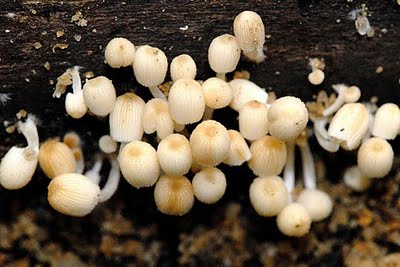


Biology 11 Fungus



Basidiomycota The Club Fungi Biology For Majors Ii
Club fungi (fairy clubs) Those fungi of the families Clavariaceae and Clavulinaceae that form clubshaped fruit bodies Source for information on club fungi A Dictionary of Plant Sciences dictionarySpermatophyta / Dicot Stems1 Holobasidium (D) It is a singlecelled, unseptate, clubshaped structure with a rounded apex The holobasidia are 2 Phragmobasidium (Fig 1311 A)


Club And Coral Fungi



Club Fungi Greeting Cards Fine Art America
The kingdom fungi are made up of lichen, yeast, mushrooms, and moldsTable Contents the Fungi Kingdom010 Introduction Kingdom Fungi023 Fungi Facts052 HowData source info Hibbett, D S et al (07) A Higherlevel Phylogenetic Classification of the Fungi, Mycological Research 111 Data retrieved on 13 April 09Fairly common throughout Britain and Ireland, Typhula fistulosa is one of those easily missed fungi, because its light brown stems look very much like twigs or young shoots yet to burst into leaf This club fungus is found in most countries in mainland Europe, and it is reported also from parts of North America


Club Fungi King Of Kingdoms
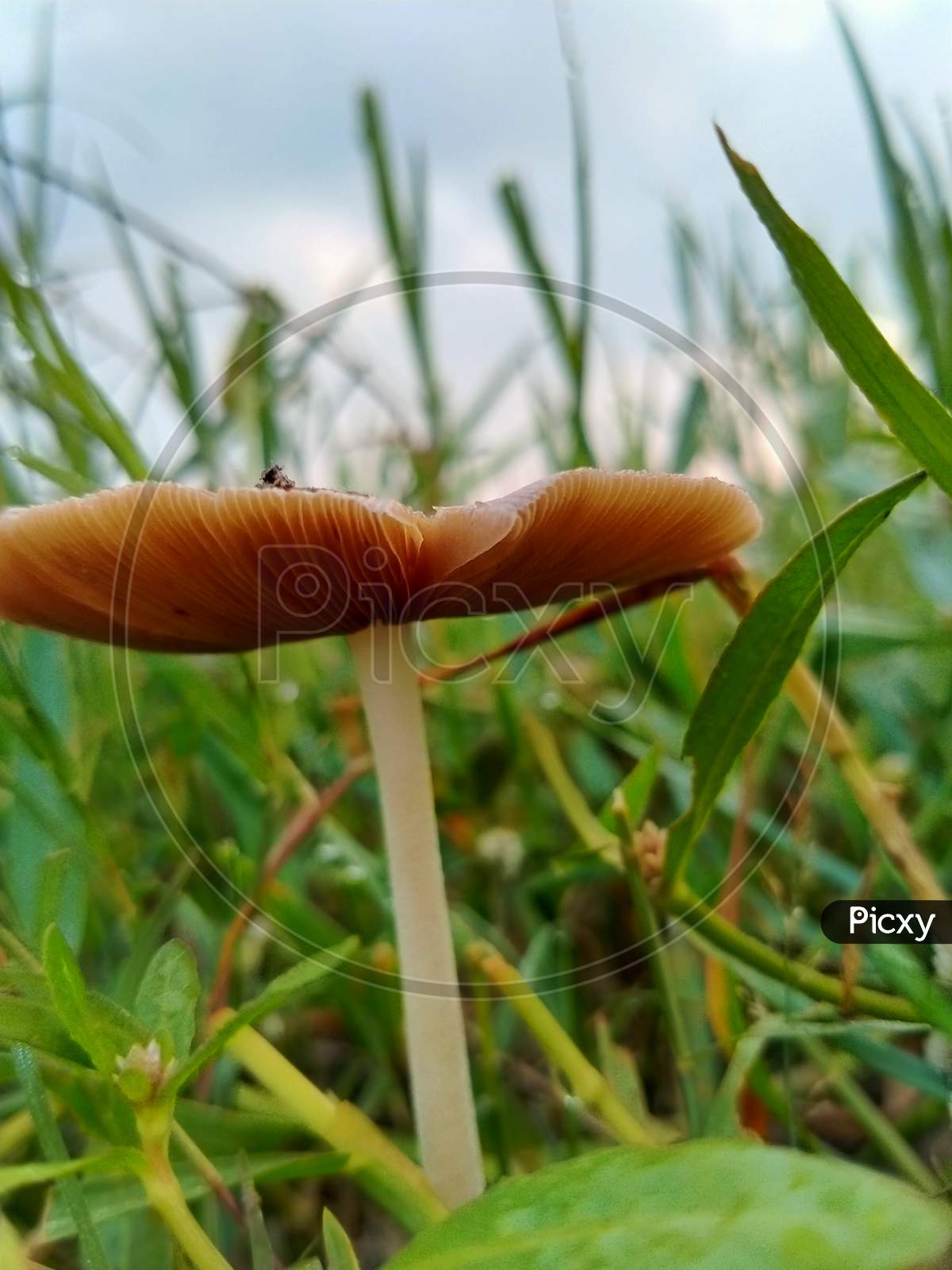


Image Of A Club Fungi Mg Picxy
Wrinkled club fungi (Clavulina rugosa) growing through moss on the forest floor ID X8NTMD (RM) A example of Pipe club fungi Macrotyphula fistulosa var contorta This example was found after dry weather growing on a fallen dead branchBasidiomycota, Club Fungi Species in this phylum reproduce sexually by forming spores on top of clubshaped structures called basidiaBasidiomycota (Club fungi) Mushrooms, puffballs and bracket fungi are examples of club fungi These fungi produce spores in a clubshaped structure Some are parasites and others simply decompose matter that have already died Some club fungi are even good to eat but some are very poisonous These and other fungi usually grow underground, in
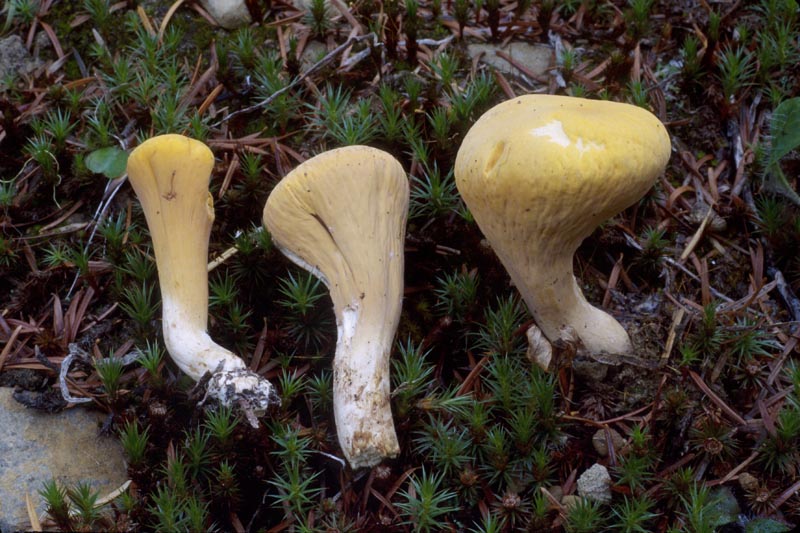


Clubs
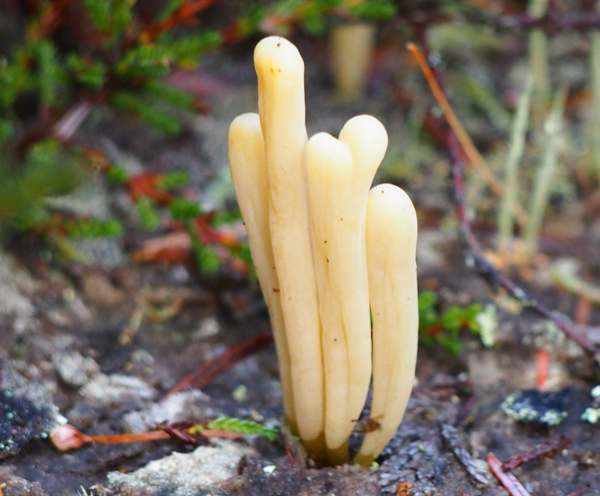


Clavaria Argillacea Moor Club Fungus
Morels are Ascomycete Fungi 21 Basidiomycete or Club Fungi 22 Life Cycle of Basidiomycete Fungi 23 Bracket Fungi Puff Balls Mushrooms Jelly Fungi Basidiomycete Fungi that all produce Basiospores 24 Other Basidiomycetes Rusts and Smuts Rust infecting wheat leaves Rust infecting a Leaf Whitrot Smut digesting old wood 25Club Fungi (basidiomycota) mushroom producing fungi with developing club shaped fruiting bodies called basidia on the gills under its cap This group of fungi, which contains tens of thousands of known species, is distinguished by the club shaped reproductive organ called the basidiumClub fungi (Phylum Basidiomycota) are considered the most highly evolved fungi They are an important group with about 16,000 known species The phylum contains several subgroups whose relationships are not entirely clear



The Basidiomycetes Club Fungi Flowering Plants 78 Steps Health



Club Fungi Plant Diversity Bot317



0 件のコメント:
コメントを投稿